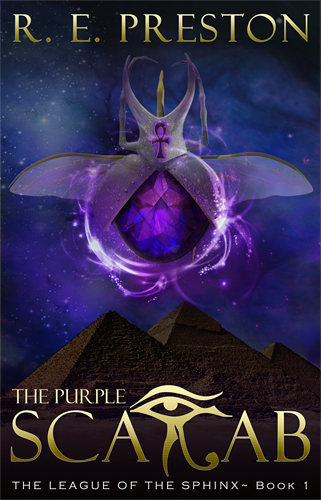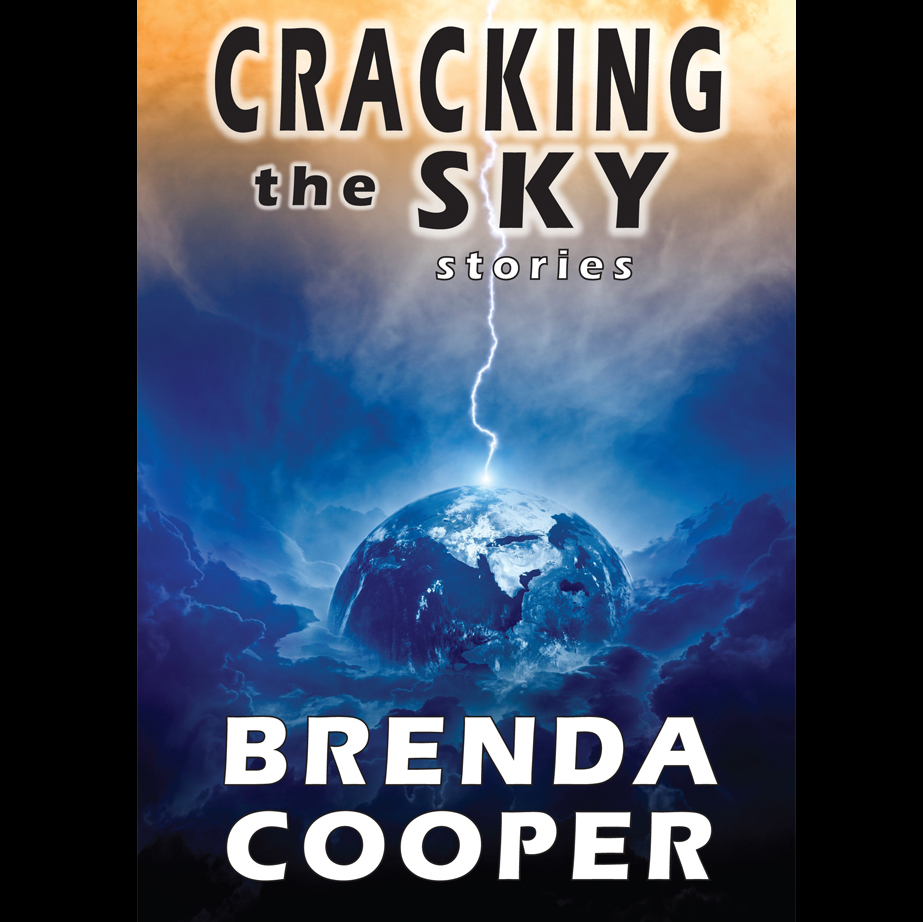 If you enjoy pulp fiction and old-style Saturday morning serials, before they were reinvented by the Indiana Jones franchise, you will enjoy R.E. Preston’s The Purple Scarab (Westmarch Publishing).
If you enjoy pulp fiction and old-style Saturday morning serials, before they were reinvented by the Indiana Jones franchise, you will enjoy R.E. Preston’s The Purple Scarab (Westmarch Publishing).
This first volume of a projected seven book series called The League of the Sphinx sees 15-year-old Edmund Peabody, his brother Chander and friend Amelia Tripp tomb raiding to find a powerful ancient Egyptian scarab. The Second World War has begun and things are going badly for England.
The group join the boys’ old soldier, archaeologist grandfather, the Colonel, in a desperate race against the Nazis to recover seven of the scarabs, which are powerful enough to make victorious the side which possesses them.
During the course of the narrative our protagonists discover secrets about their family, their castle, and the secret organization which has brought the sarcophagus of Neferu with them from Egypt. The ghost of Neferu appears, beautiful and beguiling, and she pledges to assist the teenagers just as they realize that their Prime Minister, Winston Churchill, is also in immediate danger from the same forces who threaten them. Edmund, Chander and Amelia have no choice but to try to activate the magic of the scarabs, an unpredictable magic as old, mysterious and dark as the ancient Egyptian Gods themselves.
I enjoyed the hurtling pace of the opening chapters, with its dangerous tombs and menacing Nazis, and the tale continues to unfold thereafter at a good lick, introducing ghosts in an old house and reveals more about Edmund’s personal terrors after he was trapped for several days in a tomb.
The style of the book is pure comic book, complete with its fair share of comic book cliches – which lessen, thankfully, once the story settles into a more leisurely pace. Initially I was afraid the author was falling into racist tropes, such as the “shifty” Moustapha and the Irishman, Finnegan Baird who “usually smelled of whiskey (sic)”, but then I thought it was accidental on the author’s part, since brother Chander is actually Indian and represented in a more positive light.
Which brings me to another point, and the reason I wrote “sic” next to the word “whiskey” – in the UK it is “whisky”. The book is riddled with US vernacular, which seems out of place in a story ostensibly set in Britain, with English characters. Other anachronisms include the Irishman referring to the boy as “laddie” (a Scots expression, not Irish), and simple words like “stomping” instead of “stamping”, “gas pedal” instead of “accelerator”, “mailman” instead of “postman” and many, many more. There are contemporary idioms here, too, such as “nix that” and “ballroom-slash-laboratory” (no one would have used either of those in the 1940s. To go into all of them would be churlish, but for this Scottish reader, they jarred a little).
While I applaud Westmach Publishing’s mission statement to be a fiction-writers’ collective, with writers, designers and editors giving one another support, I feel that some of the flaws I’ve highlighted could be avoided. If Westmarch decides to put out a second edition, or even when issuing the sequels, a UK spelling check wouldn’t go amiss.
Overall The Purple Scarab is a good ripping yarn, full of adventure and intrigue, with well-drawn, interesting characters. My carps about language aside, it’s a highly enjoyable romp suitable for all ages, from YA to adult.

















Speak Your Mind